From Waste to Wonder: The Art of Canning Milk for a Stocked Pantry
In a world where food waste is a growing concern, finding creative ways to salvage ingredients nearing their expiration date is both satisfying and resourceful.
One such example is the story of turning close-to-expiration milk into a stockpile of preserved goodness. In this article, we'll delve into the remarkable journey of canning milk, exploring the challenges of ultra-pasteurized varieties and the art of transforming perishability into long-lasting sustenance. Join us as we unveil the triumph of preserving 26 half gallons and 5 quarts of 2% milk, along with an additional 21 quarts of whole milk. Step into our canning kitchen, where chaos meets ingenuity, and witness the magic of turning potential waste into a well-stocked pantry.
From Expiration to Preservation: A Canning Triumph with Milk
The discovery of an abundance of close-to-expiration milk sparked a determination to salvage and preserve its nourishing potential. While the dream of crafting cheese was halted due to the ultra-pasteurized nature of the milk, the canning kitchen became a hub of activity, brimming with creativity and determination. Let's dive into the process and celebrate the triumphant preservation of 26 half gallons and 5 quarts of 2% milk, coupled with an extra 21 quarts of whole milk.
Recipe: Canned Milk
Note: The following recipe is intended for home canning enthusiasts familiar with proper canning techniques and safety practices. It is important to consult reputable canning resources for detailed instructions on pressure canning milk to ensure food safety.
Ingredients:
- - Close-to-expiration milk (ultra-pasteurized)
- - Canning jars (appropriate size for your desired portions)
- - Canning lids and bands
- - Pressure canner
- - Jar lifter
- - Clean towels
Instructions:
1. Prepare the canning equipment:
- - Ensure your canning jars, lids, and bands are clean and in good condition.
- - Fill the pressure canner with water according to the manufacturer's instructions and begin heating it.
2. Transfer the milk to the jars:
- - Carefully pour the close-to-expiration milk into the canning jars, leaving a recommended headspace (usually 1 inch) at the top to allow for expansion during the canning process.
- - Wipe the jar rims with a clean, damp cloth to remove any milk residue.
3. Seal the jars:
- - Place the canning lids on the jars and secure them with the bands, tightening them just until finger-tight.
4. Process the jars in the pressure canner:
- - Following the guidelines provided by your pressure canner's manufacturer and reputable canning resources, process the jars of milk in the pressure canner at the appropriate pressure and duration for your altitude and jar size.
- - Ensure that the canner is properly vented and reaches the recommended pressure before starting the processing time.
- - Once the processing time is complete, carefully remove the pressure canner from the heat source and allow it to depressurize naturally.
5. Cool, label, and store:
- - Using a jar lifter, gently remove the processed jars from the canner and place them on a clean towel to cool.
- - As the jars cool, you may hear the satisfying "ping" sound indicating the successful seal of the lids.
- - Once the jars have cooled completely, label them with the contents, date, and any additional relevant information.
- - Store the canned milk in a cool, dark place, away from direct sunlight. Properly sealed and processed jars of canned milk can be stored for an extended period.
The journey from impending expiration to a well-stocked pantry is a testament to resourcefulness and the art of preservation.
Through the skillful process of canning, an impressive stockpile of 26 half gallons and 5 quarts of 2% milk, along with an additional 21 quarts of whole milk, was achieved. This triumph not only ensures nourishment and convenience during unexpected snowstorms but also stands as a testament to the power of transforming potential waste into valuable sustenance.
The messy canning kitchen symbolizes the chaos and creativity that unfolded during this preservation endeavor. It is a reminder that within disarray lies the beauty of innovation and the satisfaction of turning challenges into triumphs. As we celebrate the success of this canning adventure, let it inspire us to explore creative ways to save and repurpose ingredients while minimizing food waste. Cheers to the art of preservation and the magic of turning expiration into preservation.




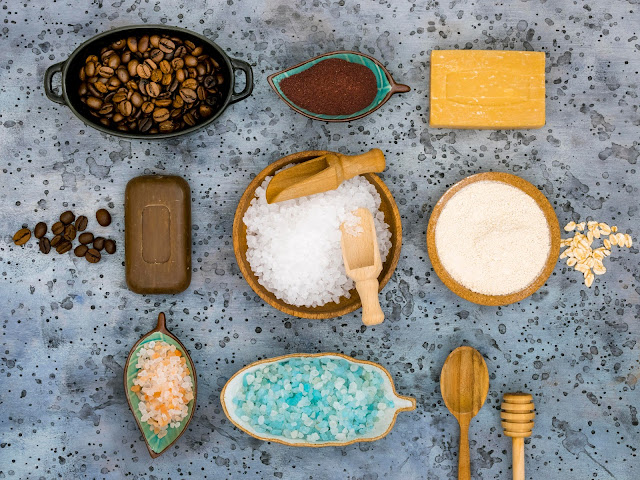

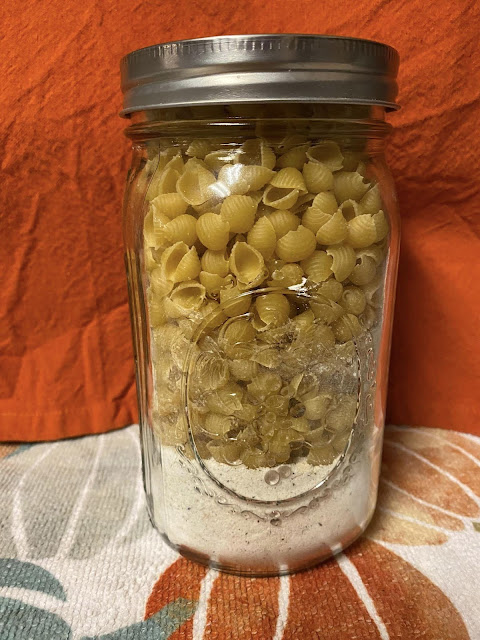




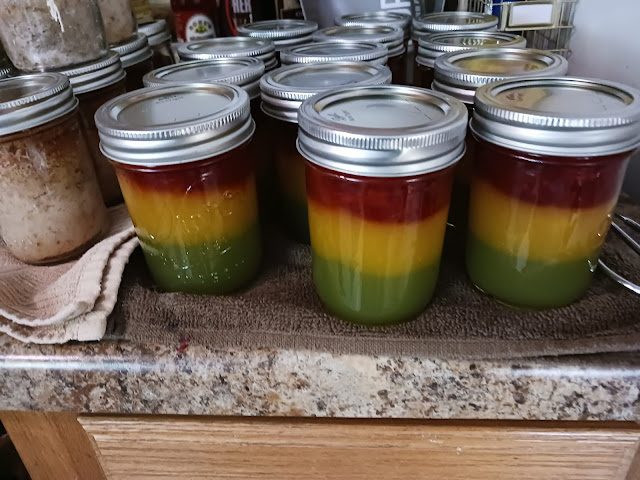

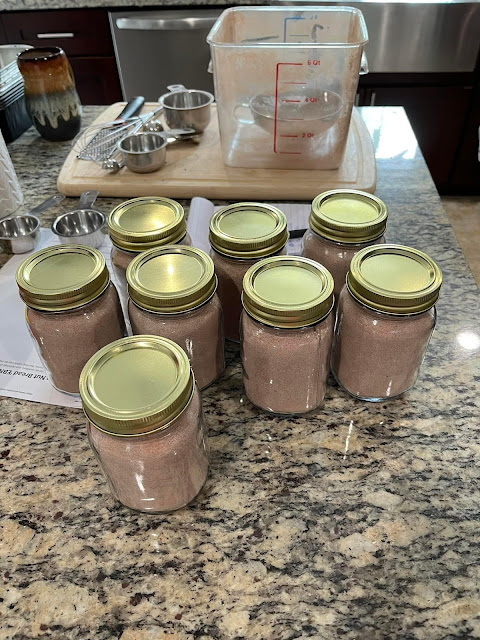
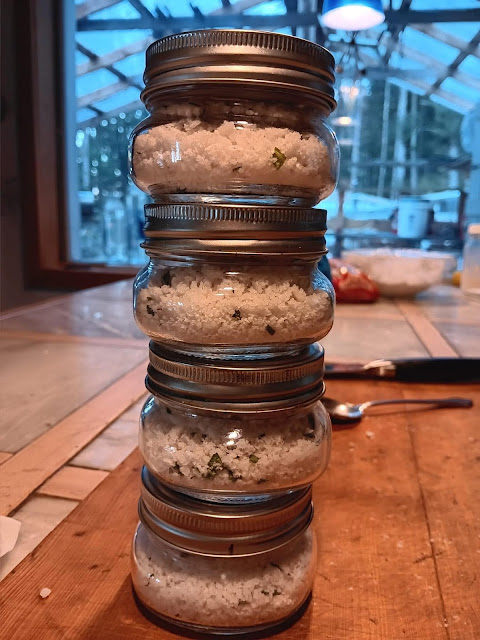
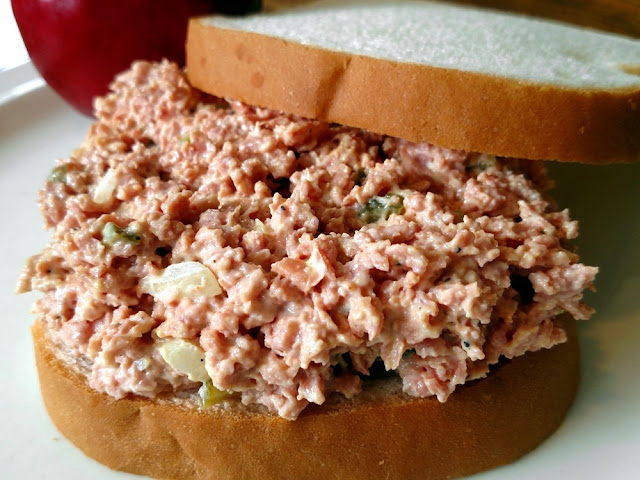
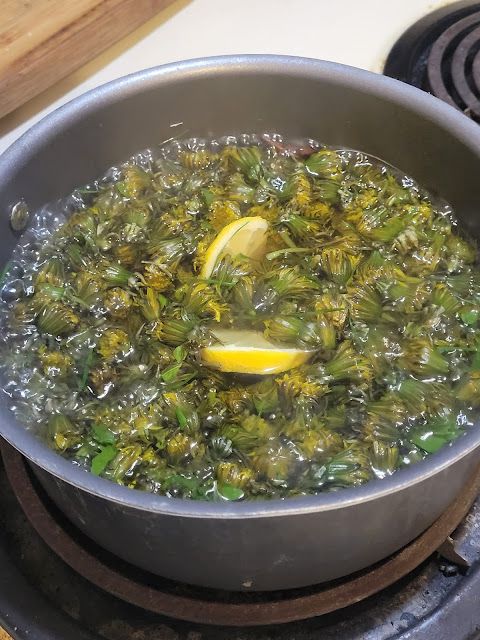



Comments
Can you can raw milk?
ReplyDelete